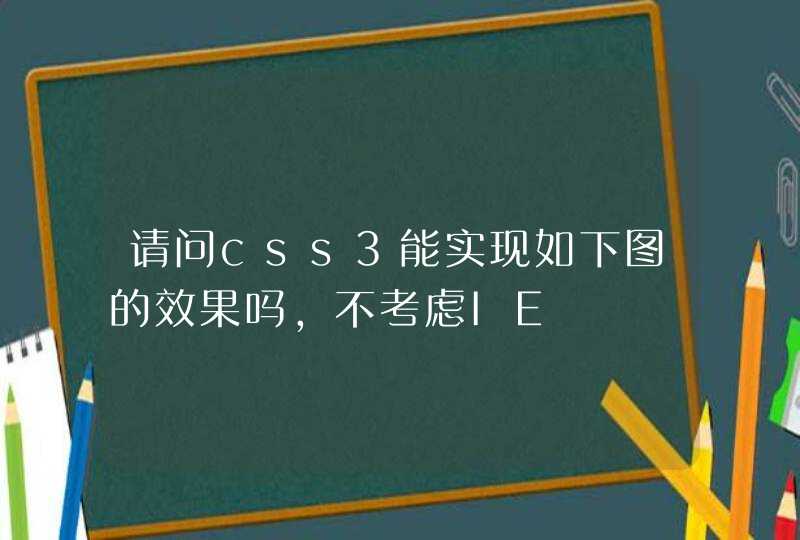
数据集不存在缺失值。
orientation和glazareadist分别表示建筑朝向和玻璃面积分布情况,应该为因子型变量。
为了让神经网络能够处理这些因子变量,需要先将它们转换为虚拟变量。
在训练神经网络时,为防止饱和现象(因为当优化过程的误差函数的梯度绝对值变得非常小时,非线性神经元激活函数有非常大或非常小的输入,会导致优化过程认为已经达到收敛而终止),需要先对数据进行比例缩放,这样做同时有助于收敛。
将数据维度比例缩放到单位区间[-1, 1]。
输出变量只选一个,heatload。(暂不清楚caret包能否同时训练两个因变量的模型,以及如何设置参数)
输出变量有两个,heatload 和 coolload。10个隐藏层,激活函数选择logistic,误差函数选择sse,它对应的是误差平方和。linear.output = TRUE表示输出层的神经元不应用logistic激活函数,因为这是一个回归任务,需要得到线性的输出,否则输出就会被约束到[0, 1]之间。
预测值与实际值之间的相关性相当高。
预测值与实际值之间的相关性非常高,说明模型的性能接近完美。
R语言基本数据分析本文基于R语言进行基本数据统计分析,包括基本作图,线性拟合,逻辑回归,bootstrap采样和Anova方差分析的实现及应用。
不多说,直接上代码,代码中有注释。
1. 基本作图(盒图,qq图)
#basic plot
boxplot(x)
qqplot(x,y)
2. 线性拟合
#linear regression
n = 10
x1 = rnorm(n)#variable 1
x2 = rnorm(n)#variable 2
y = rnorm(n)*3
mod = lm(y~x1+x2)
model.matrix(mod) #erect the matrix of mod
plot(mod) #plot residual and fitted of the solution, Q-Q plot and cook distance
summary(mod) #get the statistic information of the model
hatvalues(mod) #very important, for abnormal sample detection
3. 逻辑回归
#logistic regression
x <- c(0, 1, 2, 3, 4, 5)
y <- c(0, 9, 21, 47, 60, 63) # the number of successes
n <- 70 #the number of trails
z <- n - y #the number of failures
b <- cbind(y, z) # column bind
fitx <- glm(b~x,family = binomial) # a particular type of generalized linear model
print(fitx)
plot(x,y,xlim=c(0,5),ylim=c(0,65)) #plot the points (x,y)
beta0 <- fitx$coef[1]
beta1 <- fitx$coef[2]
fn <- function(x) n*exp(beta0+beta1*x)/(1+exp(beta0+beta1*x))
par(new=T)
curve(fn,0,5,ylim=c(0,60)) # plot the logistic regression curve
3. Bootstrap采样
# bootstrap
# Application: 随机采样,获取最大eigenvalue占所有eigenvalue和之比,并画图显示distribution
dat = matrix(rnorm(100*5),100,5)
no.samples = 200 #sample 200 times
# theta = matrix(rep(0,no.samples*5),no.samples,5)
theta =rep(0,no.samples*5)
for (i in 1:no.samples)
{
j = sample(1:100,100,replace = TRUE)#get 100 samples each time
datrnd = dat[j,]#select one row each time
lambda = princomp(datrnd)$sdev^2#get eigenvalues
# theta[i,] = lambda
theta[i] = lambda[1]/sum(lambda)#plot the ratio of the biggest eigenvalue
}
# hist(theta[1,]) #plot the histogram of the first(biggest) eigenvalue
hist(theta)#plot the percentage distribution of the biggest eigenvalue
sd(theta)#standard deviation of theta
#上面注释掉的语句,可以全部去掉注释并将其下一条语句注释掉,完成画最大eigenvalue分布的功能
4. ANOVA方差分析
#Application:判断一个自变量是否有影响 (假设我们喂3种维他命给3头猪,想看喂维他命有没有用)
#
y = rnorm(9)#weight gain by pig(Yij, i is the treatment, j is the pig_id), 一般由用户自行输入
#y = matrix(c(1,10,1,2,10,2,1,9,1),9,1)
Treatment <- factor(c(1,2,3,1,2,3,1,2,3)) #each {1,2,3} is a group
mod = lm(y~Treatment) #linear regression
print(anova(mod))
#解释:Df(degree of freedom)
#Sum Sq: deviance (within groups, and residuals) 总偏差和
# Mean Sq: variance (within groups, and residuals) 平均方差和
# compare the contribution given by Treatment and Residual
#F value: Mean Sq(Treatment)/Mean Sq(Residuals)
#Pr(>F): p-value. 根据p-value决定是否接受Hypothesis H0:多个样本总体均数相等(检验水准为0.05)
qqnorm(mod$residual) #plot the residual approximated by mod
#如果qqnorm of residual像一条直线,说明residual符合正态分布,也就是说Treatment带来的contribution很小,也就是说Treatment无法带来收益(多喂维他命少喂维他命没区别)
如下面两图分别是
(左)用 y = matrix(c(1,10,1,2,10,2,1,9,1),9,1)和
(右)y = rnorm(9)
的结果。可见如果给定猪吃维他命2后体重特别突出的数据结果后,qq图种residual不在是一条直线,换句话说residual不再符合正态分布,i.e., 维他命对猪的体重有影响。




































































